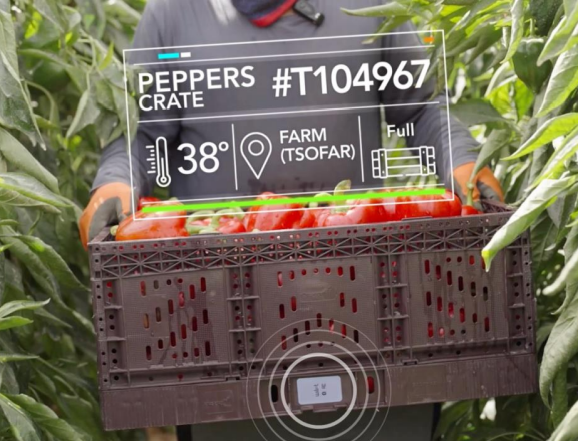In a recently released webcast, Erik Devine, chief information security officer at Riverside Healthcare, discussed how Bluetooth® RTLS (real-time location systems) technology is being used in healthcare spaces. Joined by experts from Kontakt.io and the Bluetooth Special Interest Group (SIG), the presentation highlighted real-world examples of how medical device tracking, indoor navigation, space utilization, wayfinding, and other location services solutions can help healthcare facilities optimize their operations while improving patient care.
“Anything we look at in technology has to be a patient-safety factor.”
– Erik Devine, Riverside Healthcare
Devine stated that Riverside Healthcare’s chief nurses’ officer (CNO) and staff wanted a solution that would eliminate patient elopement: patients leaving the facility, whether on purpose or accident. They needed an easy-to-implement, low-cost solution that would help the facility overcome patient elopement and wandering challenges. “We needed a system that really took on the ability to augment the nurse and care sitter’s abilities,” said Devine.
To meet this challenge, Riverside Healthcare turned to Kontakt.io’s Bluetooth® enabled solution to help them take advantage of RTLS.
Improving Patient Care with Bluetooth RTLS
While the primary goal was to find a technology that made patients’ stay at the facility safer, Riverside Healthcare also used this opportunity to expand the solution into an asset tracking system that would help healthcare professionals quickly locate important equipment.
Devine explains that the time it can take healthcare staff to locate critical equipment could be better spent tending to patient needs. Riverside staff need to immediately know the location of any vital medical device, and the solution needs to be user friendly and capable of quickly adapting to the facility’s standards and processes. “We needed something flexible, fast, and easy to use,” said Devine.
Real-World ROI
The software was set up within days, and Kontakt.io pre-programmed the tags to work with Riverside’s system. No third-party installer was needed to deploy the beacons and gateway infrastructure. It was all done internally by two facility staff members. “Once the devices shipped, we plugged them in, they were connected, we got them mapped, and we were able to start testing it right away,” said Devine.
To test the efficacy of the new system, Riverside tracked how much time in a week it took staff to locate certain medical devices. They concluded that about 40 hours a week on average was spent looking for facility equipment. With the new Bluetooth® Asset Tracking system in place, they could repurpose that time, hire an additional full-time employee, and better attend to patient needs.
Riverside is now up to 2,500 tagged assets, and they are starting to test the patient-elopement functionality.
“Bluetooth® technology breaks the shackles of monopolism by being one of the most widespread sensor communication protocols developed on open standards.”
– Kapil Asher, Kontakt.io
The Future of RTLS at Riverside Healthcare
Moving forward, Riverside is looking at integrating wayfinding for patients to help them better navigate the hospital. According to Devine, Riverside plans to use Bluetooth® RTLS in a way that lets the entire clinic know where patients are in the hospital and the system. The moment the patient walks into the facility, they would get a badge letting healthcare staff know how long a patient has been waiting.
This technology has the potential to optimize the flow of patient care and minimize patient wait times. That will not only improve patient satisfaction and safety, but it will also allow Riverside to treat more patients in a day.
Watch the full on-demand webcast.
![]()
ON-DEMAND WEBCAST
Optimizing Healthcare Facilities Using Wireless Technology – A Case Study
In this on-demand webcast, leaders from Riverside Healthcare, Kontakt.io, and the Bluetooth SIG provide real examples of how medical device tracking, indoor navigation, space utilization, and other location services are helping healthcare facilities optimize their operations and improve the care they provide patients.























